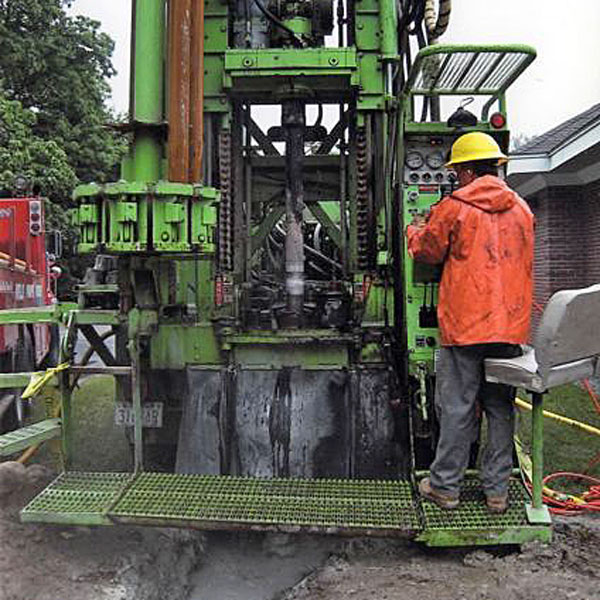CALL TODAY 1-800-441-6281
CALL TODAY 1-800-441-6281

Estimating the Depth of a Water Well

If you’re considering drilling a private well to supply your home or business with water, there are several key factors to take into consideration in order to estimate your costs. First, the quality and quantity of water will depend on the geology and hydrology of your location. Well water comes from underground aquifers on your land. Aquifers can be thought of as underground water storage spaces that contain different amounts of water. Determining how deep you will need to drill to gain access to a sufficient supply of water for your home is part science and part educated assumption.
When it comes to well drilling for residential homes, determining well depth is crucial to compiling an accurate cost estimate. Most well contractors charge by the foot for drilling and materials. Other factors that will go into an estimate include location of the well, system size, and the type of construction technique chosen.
Estimating Water Well Depth
As stated, the depth of the well is the predominant factor affecting your final cost. Because well contractors generally charge by the foot, contractors will base their estimate on the knowledge they have regarding the average well depth for your location. Once drilling begins, the contractor will drill until water is hit. If the first water tapped is adequate for your needs, drilling will stop. The wellhead will be capped and the well construction will begin. If not, the contractor will continue to drill until adequate supplies are reached.
Unfortunately, your well contractor cannot give you an exact depth they will need to drill, or the quality of the water tapped. All a contractor can do is make a reasonable judgment about the quality and quantity based on their previous experience in your area. As a very general guideline, most wells for household use range from a well depth of about 100 to 800 feet. In rare cases, they may need drill to a depth of 1000 feet (or more) to draw adequate supplies of water.
There are several methods used to increase well yields in existing or new wells such as fracturing the bedrock or hydrofracking, immediately around the drill hole and intercepted rock faults. This fracturing can increase yields without drilling extremely deeply to produce a consistent supply. One common practice called hydrofracking consists of pumping high volumes of clean water into the drill hole at pressures in excess of 2500 – 3000 pounds per square inch. This pressurized water opens fissures in the walls of the well to allow a greater flow and can mean a shallower well depth, at a lower overall cost to the homeowner.
The quality of your well is more dependent upon the geological formations and the water bed surrounding your well, rather than the specific well depth. As a general rule, the deeper your well, the greater chance you will have increased minerals in your water supply which can mean adding a water softening unit to your system, at an increased cost.
The bottom line is that it makes sense to work with a local well contractor who is familiar with your geographic location. They will have the experience and knowledge from having worked in the area to be able to give you an estimated depth for your well, an accurate cost estimate and water quality assessment before they begin the drilling and construction of your new well.

